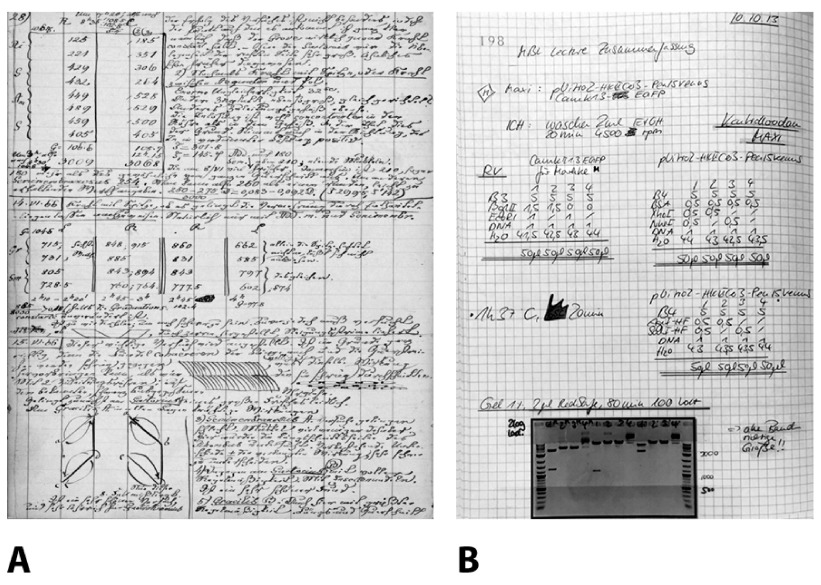Every skilled doing lively analysis in the life sciences is required to hold a laboratory pocket book. However, whereas science has modified dramatically over the final centuries, laboratory notebooks have remained basically unchanged since pre-modern science.
We argue that the implementation of electronic laboratory notebooks (eLN) in academic analysis is overdue, and we offer researchers and their establishments with the background and sensible information to choose and provoke the implementation of an eLN in their laboratories.
In addition, we current knowledge from surveying biomedical researchers and technicians relating to which hypothetical options and functionalities they hope to see applied in an eLN, and which of them they regard as much less necessary.
We additionally current knowledge on acceptance and satisfaction of those that have not too long ago switched from paper laboratory pocket book to an eLN. We thus present solutions to the following questions: What does an electronic laboratory pocket book afford a biomedical researcher, what does it require, and the way ought to one go about implementing it?

(32)P measurment of urine samples and inside dose evaluation for radiation employees in life science laboratories.
(32)P measurements of urine samples and inside dose assessments had been performed for employees in life science laboratories. A process for pattern pre-treatment was established and validation was carried out to exclude interference and to detect (32)P ranges precisely.
The detection situations for Cherenkov radiation had been evaluated and the accuracy of Cherenkov radiation measurements validated. The analytical and measurement procedures had been utilized to urine samples collected from 11 employees from life sciences laboratories. The outcomes of the measurements typically indicated very low background radiation ranges, however every day urine samples from two employees had been above the minimal detectable exercise.
The (32)P concentrations for 2 of the employees had been 29.3 ± 10.4 Bq•d(-1) and 24.1 ± 11.8 Bq•d(-1), respectively, at consumption ranges of 4.12 okBq and a pair of.61 okBq. The efficient doses for these two employees had been 4.6 μSv and a pair of.9 μSv. Overall, the outcomes point out very low ranges of radioactivity, aside from instances associated to particular working situations.
Social science in a stem cell laboratory: what occurred when social and life sciences met.
We describe the expertise of conducting intensive social science analysis at the UK Stem Cell Bank from the viewpoint of each the particular person conducting the social science analysis and the Director of the Bank. We element the preliminary misunderstandings and issues held by each and the issues these precipitated.
Then we describe how the relationship developed as the challenge progressed and shared advantages turned obvious. Finally, whereas acknowledging potential areas of stress between the life and social sciences, we propose additional interplay between the disciplines would show helpful for each and speculate as to how this can be achieved.
In the dialogue we establish a set of studying factors from our expertise and definitions of social science terminology that will assist to inform future engagements between life and social scientists.
